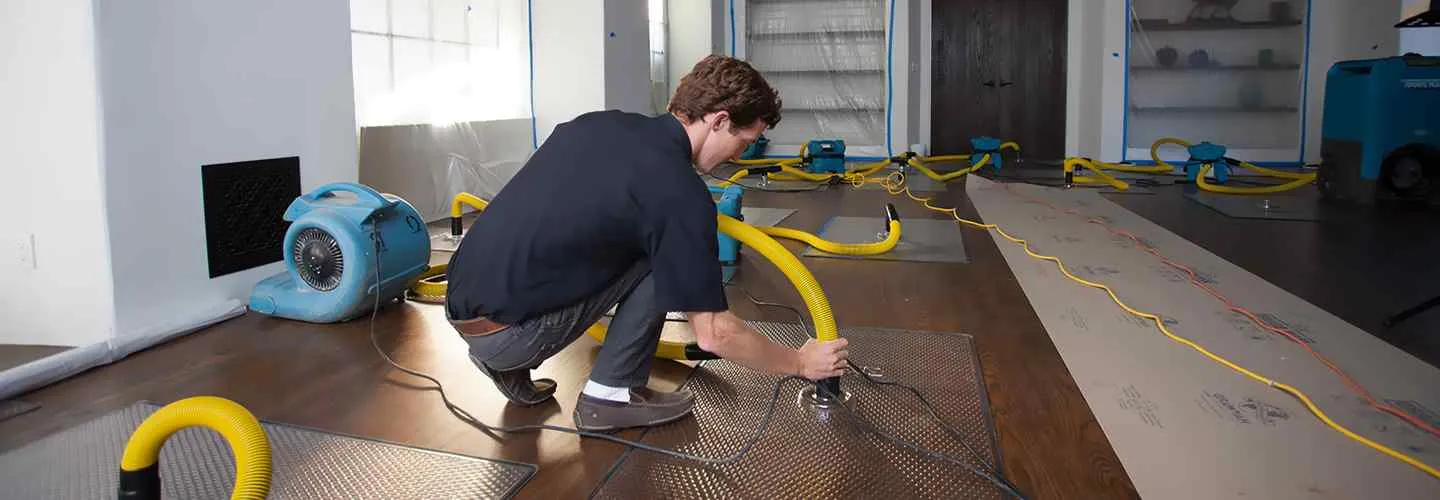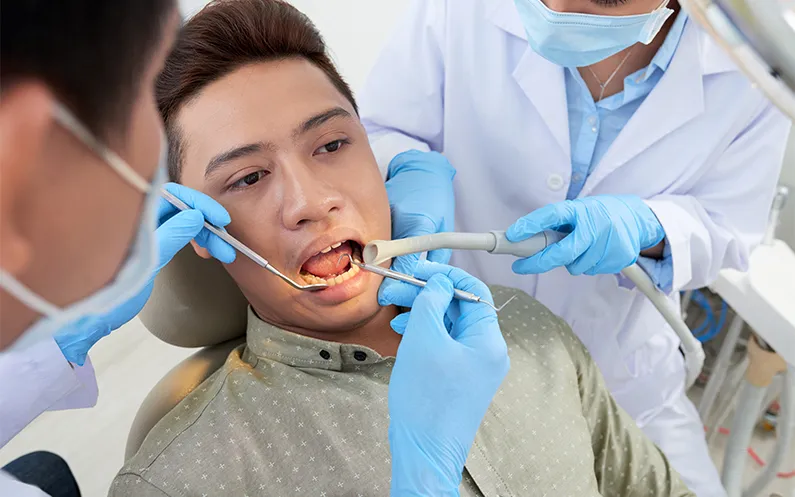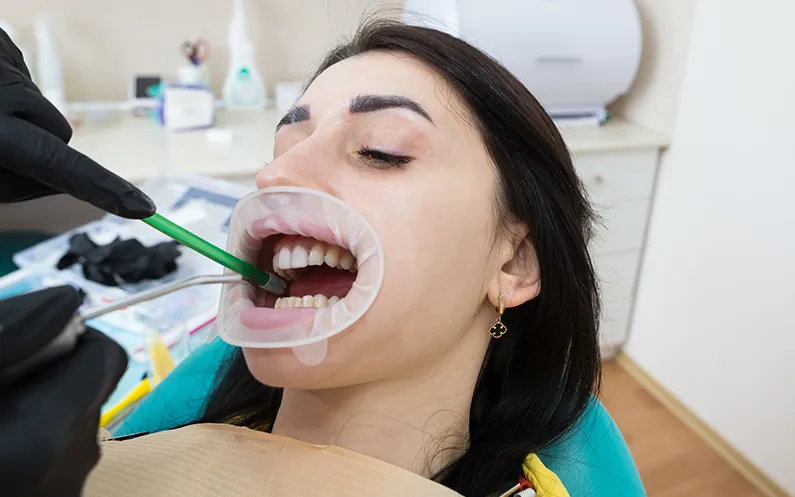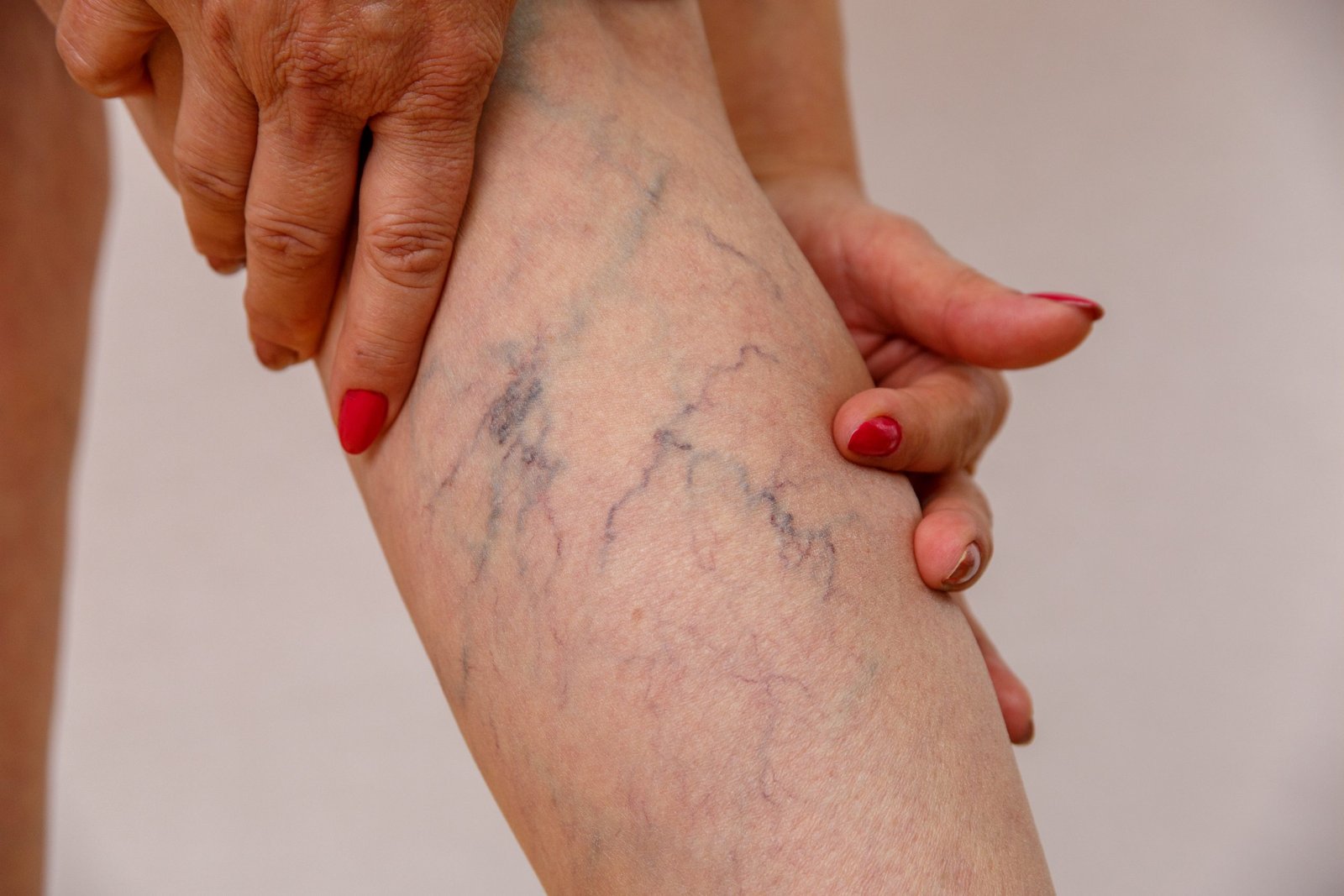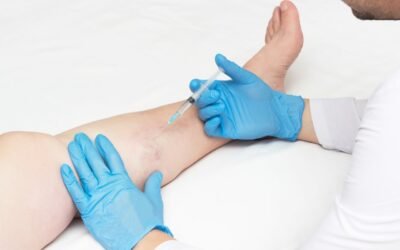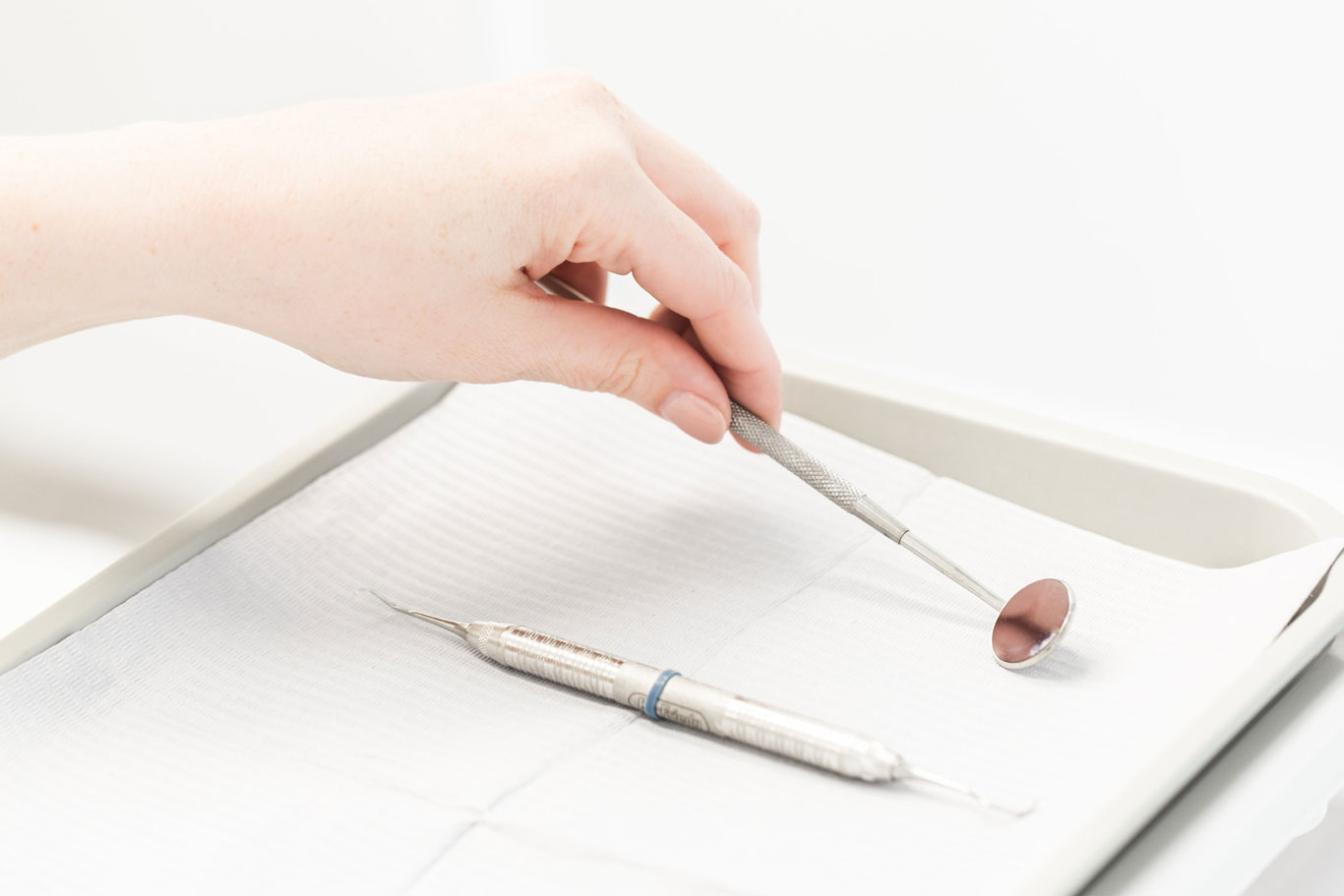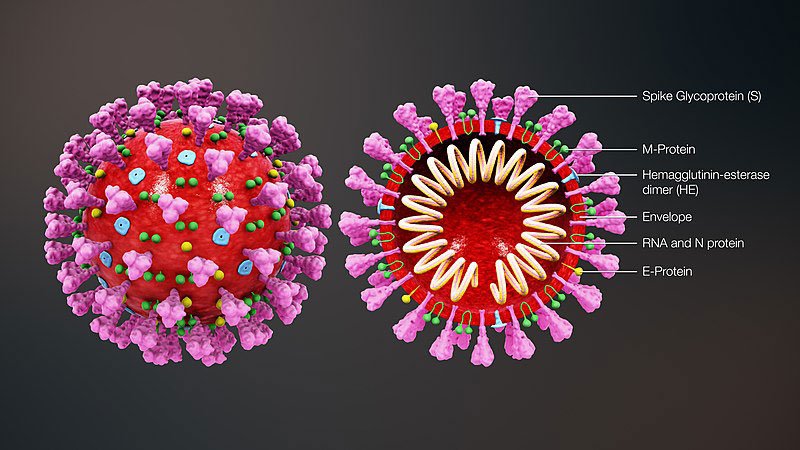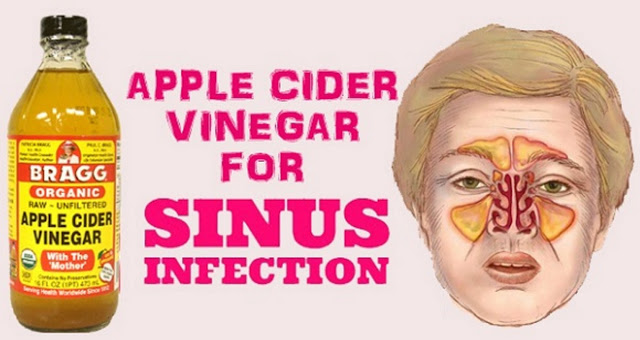What Is Periodontists? How It’s Treated?
Dental professionals who specialize in the diagnosis, management, and prevention of disorders affecting the periodontium, the tissues that support teeth, are known as periodontists. While all specialists are qualified to interpret and treat soft to mild cases of periodontal infection, more severe or complex cases are typically referred to a periodontist who has received specialized training in the field.
A periodontist can treat recession covering and soft tissue grafting, do regenerative periodontal therapy, perform pre-prosthetic surgery, and repair bone with implant placement or treatment.
How Periodontists Treated?
The progression of periodontitis can typically be stopped entirely with meticulous professional evaluation and care. There are some stages in the successful therapy of periodontitis:
Professional cleaning
After removing all bacterial deposits, plaque, and tartar from the tooth's accessible regions, the teeth are polished and given the best dental floss treatment.
Reassessment
Your periodontist or dentist will examine your gums thoroughly after a few weeks to see how well your treatment works. To estimate the deep of any periodontal pockets and look for gum bleeding, a specialized tool known as a periodontal probe is used.
Oral hygine instruction and recommendation
Reducing the quantity of germs in the mouth and, consequently, the degree of inflammation is the goal of the oral hygiene phase of treatment. First, your dentist will describe the reasons behind your periodontitis and provide detailed recommendations on maintaining the cleanliness of your teeth and gums.
Antibiotic therapy
When oral hygiene practices have failed to treat persistent or active gum infections, antibiotics may be recommended.
Aftercare supportive periodontal therapy
Two things are necessary for periodontitis treatment to be successful in the long run: the patient's own oral hygiene and routine dental or periodontal care. The severity of the illness and your unique risk of the condition progressing will determine how frequently you need to schedule follow-up sessions. Follow-up appointments are often set up for every three to six months.
Corrective surgical therapy
Surgical methods occasionally remove deposits and germs associated with periodontal disease from periodontal pockets and root surfaces at the furcations where the roots diverge. Since brushes and floss cannot reach these places, inflammation will persist there for as long as bacteria can grow.
The gums around the teeth are sewn back into place after the surgery. After surgery, stitches are often taken out one to two weeks later.
Risk factors of Periodontists
Genetics
Genetic variations can affect an individual's immune system's response to pathogenic microorganisms. People, therefore, do not all have the same periodontitis symptoms.
Smoking
Smokers have periodontitis far more quickly than non-smokers do, and as a result, they lose their teeth more fast.
With appropriate medical attention, the gums of ex-smokers can recover in a matter of years. Former smokers respond better to treatment than individuals who continue to smoke even a year after quitting.
Discontinuing smoking is highly advised.
Smokers are involved in about 90% of cases when periodontitis does not improve with treatment.
Poor diet
This can result in increased gum line swelling and damage to the tissues that support the teeth in both gingivitis and periodontitis.
Conclusion
Good gum health is equally as crucial as good teeth. Dental professionals who treat the gums and surrounding tissues of teeth are called periodontists. If your dentist recommends seeing an advanced periodontitis, it could be unsettling, mainly if you have never seen one before. However, if you suffer from gum disease, a periodontist is qualified to treat it and assist you in maintaining good flossing teeth.


